A new technology to stop falls before they happen could help the elderly stay in their own homes longer.
Researchers at the University of New South Wales (UNSW) have developed a simple way of predicting the likelihood of an elderly person falling in the near future, allowing action to reduce the chances of it happening.
One in three persons over the age of 65 in Australia falls each year. The cost of treating them last year was estimated to be close to $850 million.
“By asking elderly people to perform three normal everyday physical activities and one test of their reactions, and then observing how well they do, we can estimate their likelihood of falling,” says Dr Stephen Redmond from UNSW’s Graduate School of Biomedical Engineering. “Their performance is measured by a small device worn on their waist. This allows the test to be done at home, at any time, by anyone, without supervision. It’s a big step forward from existing clinical assessments.”
Stephen’s work is being presented for the first time in public through Fresh Science, a communication boot camp for early career scientists held at the Melbourne Museum. He was one of 16 winners from across Australia.
Because they require the assistance of well-trained staff, the current methods used in medical clinics to assess the risk of falling are limited in their ability to screen large numbers of people. Stephen’s research has shown that it is feasible for the elderly to measure their own risk at home.
“We use a common movement sensor known as an accelerometer. We tested 68 elderly patients with the normal clinic assessment and then tested them again with our unsupervised assessment, using the sensor as they would use it at home. And we found the unsupervised predictions were 99 per cent in agreement with the clinical falls-risk estimate.”
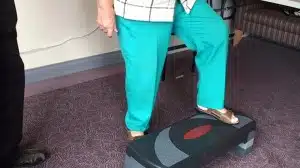
Performing a stepping test—one of three physical tests which comprise the unsupervised falls risk assessment (photo: Stephen Redmond)
The research team expects such home-monitoring technologies will be able pick out people in need of help, and improve their quality of life. They should also reduce the incidence of falls generally, together with the associated cost of hospitalisation.
“At present we require people to go through a scripted series of assessment tasks. In future, we hope that just by getting them to wear the sensor for a period of time we can unobtrusively estimate their risk of falling by monitoring how they perform activities like walking as they go about their daily lives. What we have learned so far tells us this is a very achievable goal.”
Stephen Redmond is one of 16 early-career scientists unveiling their research to the public for the first time thanks to Fresh Science, a national program sponsored by the Australian Government.
- For interviews, contact Stephen Redmond on 0450 036 605 or s.redmond@unsw.edu.au
- For the University of New South Wales, contact Peter Trute on 0410 271 826 or p.trute@unsw.edu.au
- For Fresh Science, contact Sarah Brooker on 0413 332 489 or Niall Byrne on 0417 131 977 or niall@scienceinpublic.com.au

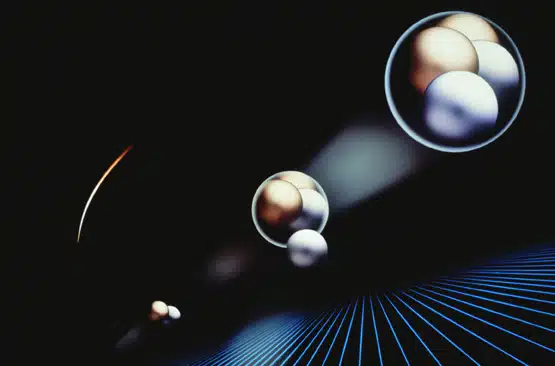
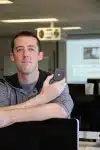

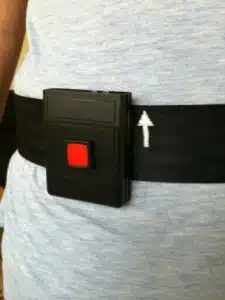
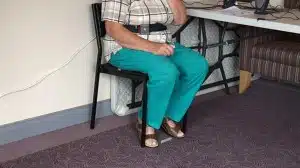
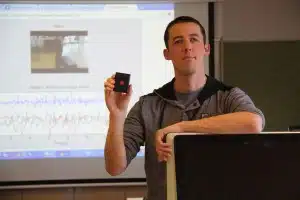
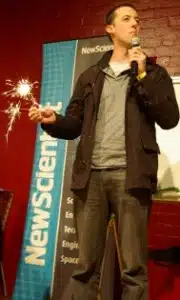
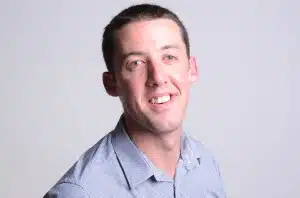



 Fresh Science is on hold for 2022. We will be back in 2023.
Fresh Science is on hold for 2022. We will be back in 2023.